Collection |
Collections
Filters
-
Collection Type
-
-
Focus |
 Cambridge Ophthalmological Symposium
Cambridge Ophthalmological Symposium
The Cambridge Ophthalmological Symposium, facilitated by the Cambridge Eye Trust is unique among ophthalmological gatherings. A two day residential meeting bringing together basic scientists and clinicians to discuss a well-defined topic in detail under the chairmanship of leaders in that field. The purpose of the symposium is, with the help of contributors of international repute, to take an aspect of ophthalmology, however small and interrogate it in depth so that those involved in basic science research can hear the views of clinicians and as importantly clinicians can come to understand the basic science behind their practice. More information can be found on the Symposium website.
-
Special |
 Global Eye Health
Global Eye Health
Eye has seen an increase in number of publications from all parts of the world. In this collection, we raise the awareness of global ophthalmology as a speciality. The publications highlight regional variations in prevalence and incidence of various eye conditions, barriers and facilitators of eye care, and strategies to improve health equity globally.
Image: Pixabay (@thuanvo) -
-
Series |
 Clinical Trials at a Glance
Clinical Trials at a Glance
There is a substantial increase in the number of clinical trials in Ophthalmology that it is challenging to keep abreast with the changing landscape. Eye has introduced this Collection on Infographics to visualise the trial summaries at a glance.
-
Collection |
 Spaceflight-Associated Neuro-ocular Syndrome (SANS)
Spaceflight-Associated Neuro-ocular Syndrome (SANS)
Prolonged microgravity exposure during long-duration spaceflight (LDSF) produces interesting, unique, and unusual physiologic and pathologic neuro-ocular findings in astronauts. These microgravity associated findings collectively define the "Spaceflight Associated Neuro-ocular Syndrome" (SANS) and SANS is a disorder with no terrestrial equivalent. The United States’ National Aeronautics and Space Administration's (NASA) Space Medicine Operations Division in conjunction with space agencies and other space medicine researchers and organizations worldwide have conducted retrospective and prospective studies on SANS to better understand and potentially treat the disorder. The clinical manifestations of SANS include: unilateral and bilateral optic disc oedema, globe flattening, choroidal and retinal folds, hyperopic refractive error shifts, and focal areas of ischemic retina (i.e., cotton wool spots). Continued future research on SANS is necessary in preparation for future longer duration crewed space missions to the moon and to Mars.
Image: Image by WikiImages from Pixabay -
Collection |
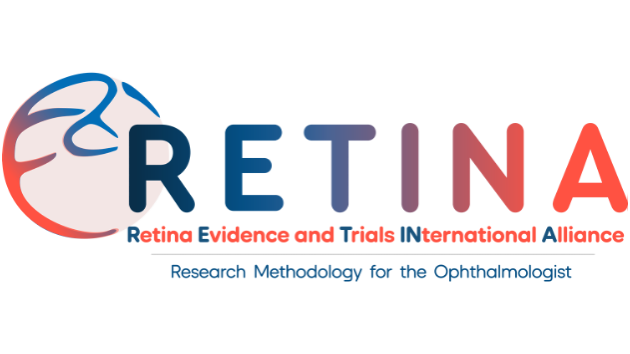 Research Methodology for the Ophthalmologist
Research Methodology for the Ophthalmologist
Evidence-based clinical practice utilizes the published medical literature to continually improve patient care. Clinical evidence consists of a wide range of study designs, with numerous methods required to appropriately and comprehensively answer the important questions that will translate to better-informed clinical care. In this series, we highlight the key methodology concepts that will help the busy clinician efficiently interpret evidence from the medical literature.
-
Collection |
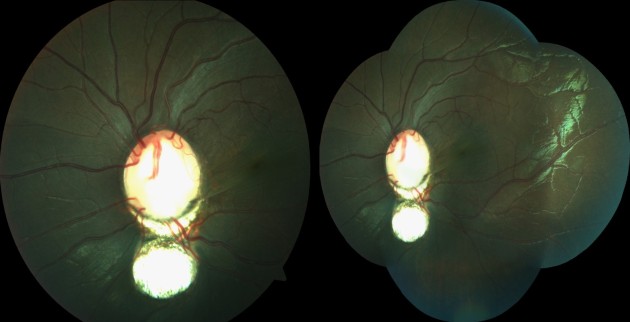 Myopia in Children
Myopia in Children
Myopia in children is a global epidemic. This collection provides a comprehensive literature on this topic.
Image: ‘Optic disc coloboma in left eye of 10 year old female. Left: normal view, Right: montage view’ Anita Ganger, Rohit Saxena, All India Institute of Medical Sciences, New Delhi -
Collection |
 Cochrane Corner at Eye
Cochrane Corner at Eye
Cochrane Eyes and Vision (CEV) is an international network of individuals working to prepare, maintain and promote access to systematic reviews of interventions and diagnostic tests to diagnose, treat or prevent eye diseases or visual impairment (https://eyes.cochrane.org/) . CEV has teamed up with Eye to produce clinical commentaries on selected Cochrane Reviews.
-
Collection |
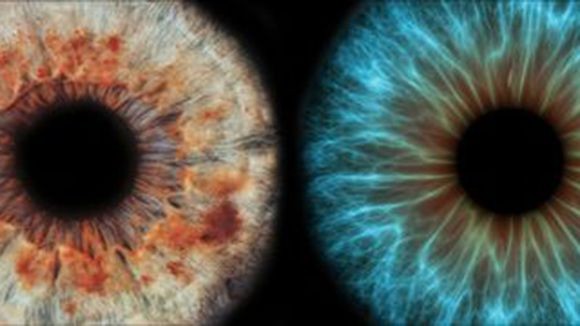 Artificial Intelligence
Artificial Intelligence
Being an image-based and data-rich speciality, the applications of artificial intelligence (AI) in Ophthalmology are abundant. To date, AI has been leveraged to predict, screen, monitor and treat ophthalmic conditions, whilst simultaneously demonstrating potential for improving service efficiency and patient flow. In this collection, we highlight various manuscripts covering artificial intelligence and machine learning, published in Eye.
-
Collection |
 Cataract
Cataract
This collection highlights numerous published manuscripts on cataract that spans from genetics to transformation to cataract pathways precipitated by the COVID-19 pandemic.
Image: ‘Folded Haptics’ Saurabh Deshmukh, Ganesh Ch Kuri, Harsha Bhattacharjee, Krati Gupta Department of Ophthalmology, Sri Sankaradeva Nethralaya, Guwahati, Assam, India -
Collection |
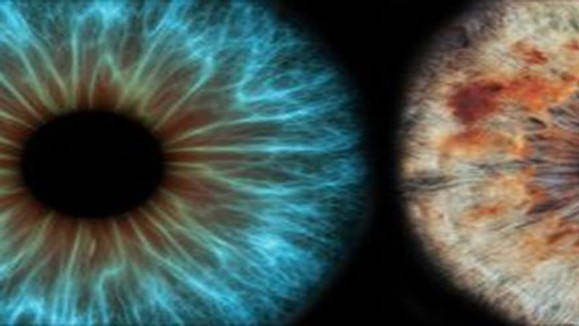 Equity, Diversity and Inclusion: Disparities in Eye Health
Equity, Diversity and Inclusion: Disparities in Eye Health
Finding solutions to disparities in eye health is a global issue that needs urgent attention. In addition to exploring factors associated with impaired access to healthcare in various parts of the world, this collection also highlights several easy-to-implement solutions to reduce some of these barriers. It includes some of the novel strategies that were urgently tested and validated to cope with the aftermath of health service inequity precipitated by the COVID-19 pandemic. The collection emphasizes the need for equality, diversity and inclusion in several aspects in Ophthalmology and is open to receiving more manuscripts on these issues.
Image: Evi Scholz / EyeEm; Science Photo Library - PASIEKA; Emiliano Orsi / EyeEmOpen for submissions

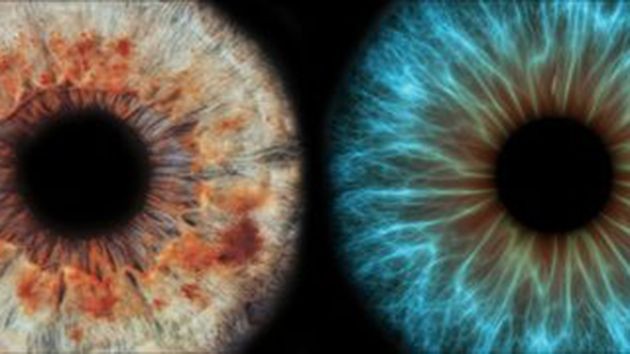 Eye Monthly Readers' Choice
Eye Monthly Readers' Choice
 Extending Depth of Focus with Purely Refractive Technology for the Correction of Presbyopia
Extending Depth of Focus with Purely Refractive Technology for the Correction of Presbyopia